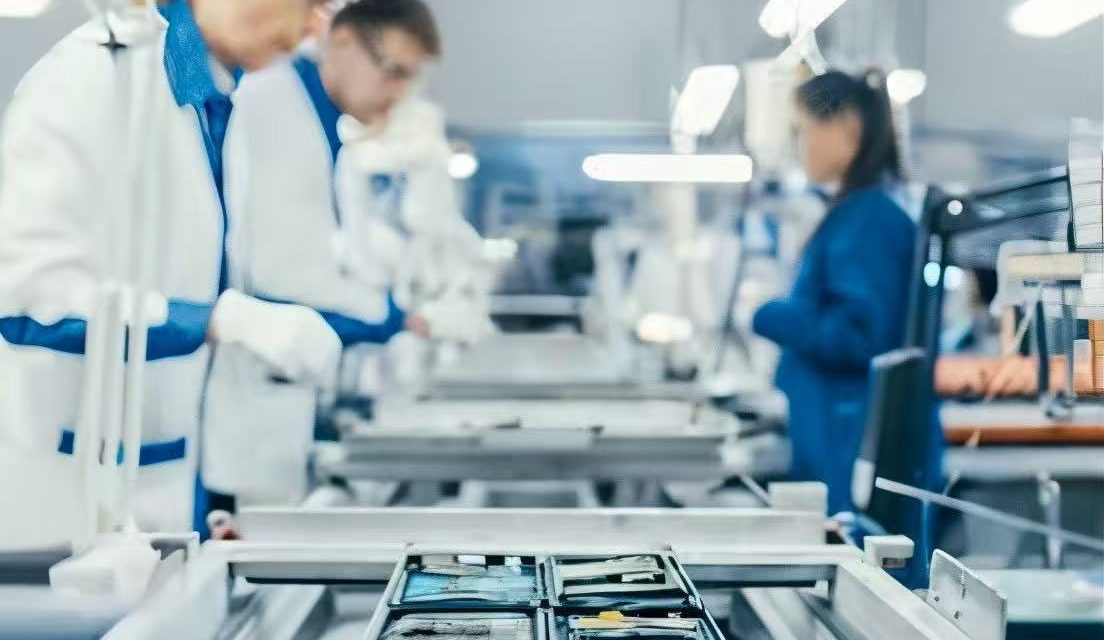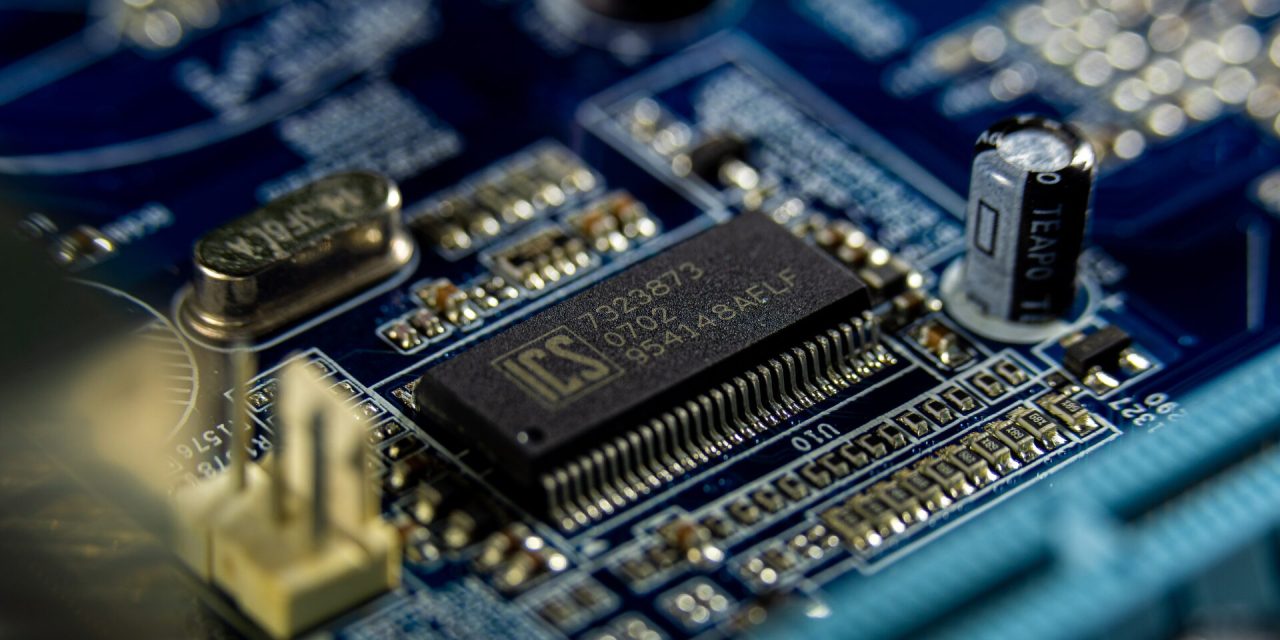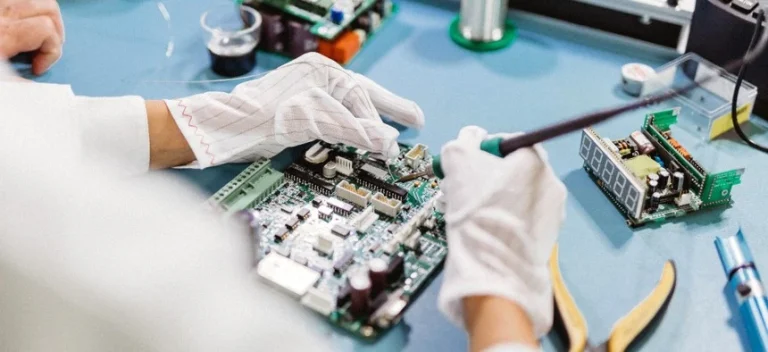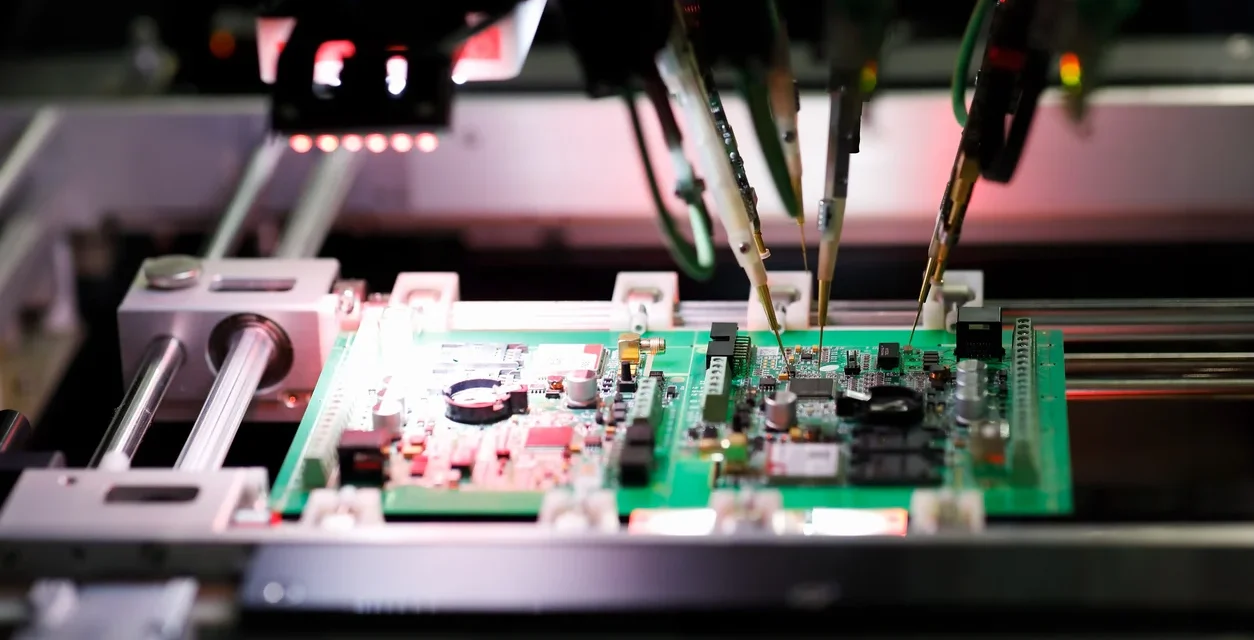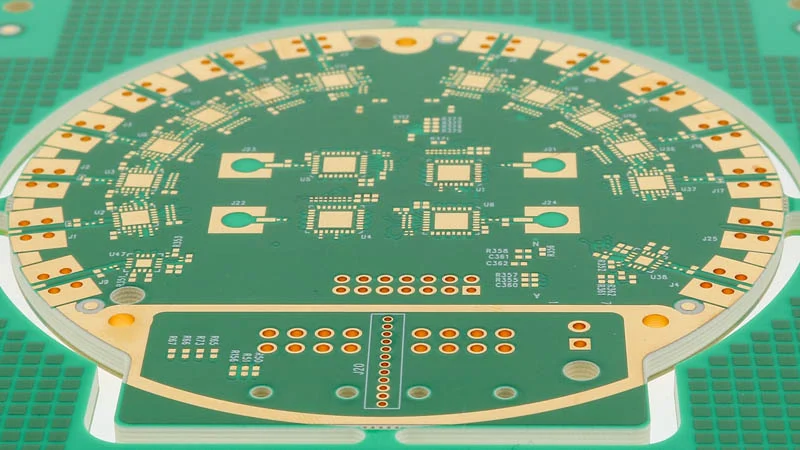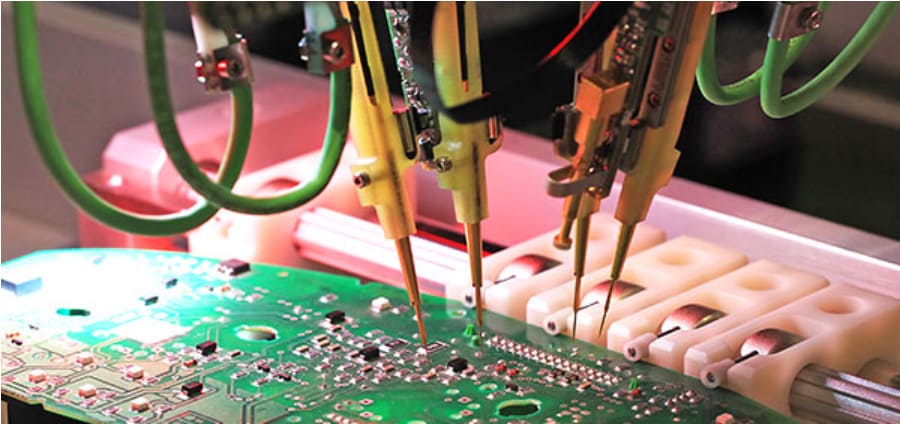Medical PCB Solutions: High-Reliability Printed Circuit Boards for Healthcare & Life-Saving Devices
Medical PCB Solutions: Precision, Reliability, and Safety in Healthcare Electronics 1. Introduction: The Evolution of Medical Electronics As modern medicine continues to embrace digital transformation, Printed Circuit Boards (PCBs) have become the silent foundation behind every advanced healthcare device.From portable monitors to implantable electronics, medical-grade PCBs ensure accuracy, safety, and reliability in life-critical applications. At...

